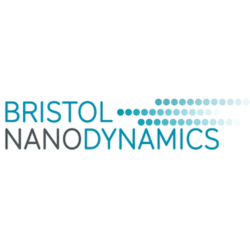Scientists use atomic force microscopes to examine matter such as biological cells and bacteria at the nanoscale.
Loren set out to develop the fastest one in the world, and achieved this ground-breaking goal in 2014.
His project is unique in that it can map not only the height of the sample surface but also its stiffness and conductance with nanometre resolution.
The microscope has a touch screen interface so that scientists can use ‘multi-touch’ gestures much like on smartphones to interact with samples in real time.
This improves usability, makes analysis quicker.and opens up new ways of manipulating samples. And it lets non-skilled operators control the instrument.
Having already invested significant time in his research at the University of Bristol, Loren is now commercialising the project through his company Bristol NanoDynamics. It promises to be even more of a game-changer in future.


